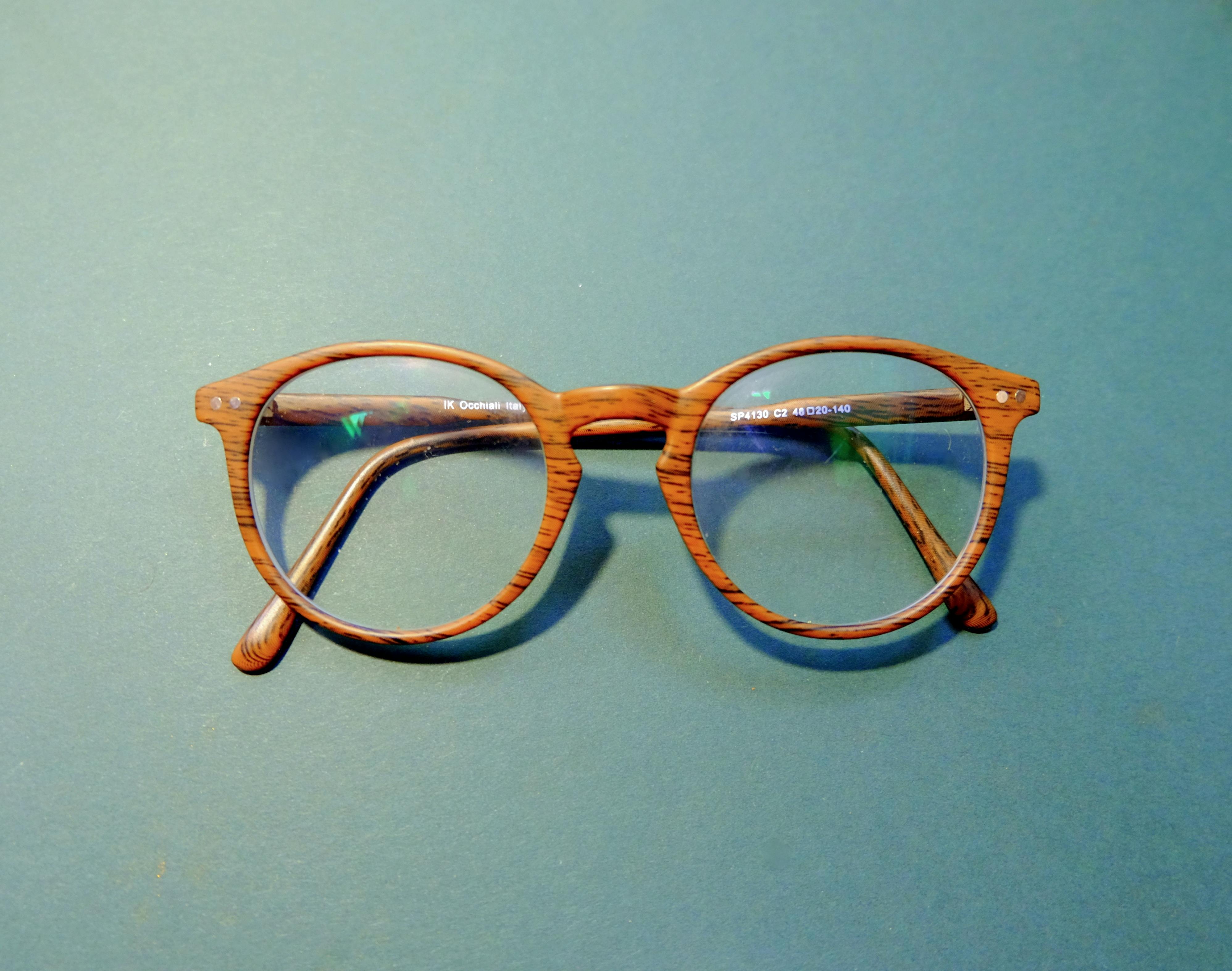Two years of severe hurricanes along the Gulf Coast and heavy rains and flooding this spring in the Northeast are providing a nationwide breeding ground for indoor mold and mildew growth (some deadly) now that the heat of the summer is here. What is the solution?
The issue is surrounded by controversy. The Centers for Disease Control, the Institute of Medicine, as well as scientists and physicians from Harvard University, Mayo Clinic, Mt. Sinai School of Medicine, and various state health agencies have looked into the problem. There have been several studies by medical researchers in recent years looking for links between various respiratory and physical ailments and deaths and the presence of mold in our living space. While some say there is a link, others say the facts don’t support it.
Here are the facts. Mold is everywhere; in and out. Some molds are good (penicillin), some are very toxic and give off gases that can be inhaled (Stachybotrys “black mold”). Although some people don’t seem to mind mold, all varieties have the potential to cause illness. Mold reproduces by generating spores that are released into the air, where they land on moist surfaces. They can grow on any organic surface such as wallpaper, tiles, carpet, drywall, and wood. They thrive in dark, warm and moist places, such as under carpets, inside walls and ceilings. They will also contaminate items that come into contact with those surfaces.
Mold can trigger allergic reactions and asthma attacks in many. Complaints of flu-like symptoms, chronic fatigue syndrome, memory impairment, migraines, sick building syndrome, dizziness, and nosebleeds are common. These are mild symptoms. Many researchers claim that mold can attack several major body systems, including the brain, central nervous system, and immune system, and has been the direct cause of some deaths. Regardless of where you stand on this issue, who wants to smell mold and inhale household fungus spores? They can lodge in your lungs (remember dark, warm, and moist). Asthmatics, infants, and people with weak immune systems are particularly susceptible.
So what should you do if you think your home might have a mold/mildew problem? Here is a suggested 5-step process:
• Mold Inspection – Hire a certified and qualified mold inspection company to assess your home and determine the cause of the mold and the severity of the infestation.
• Isolation of the area – If there is a mold problem, you will want to carefully isolate the area to prevent it from moving to uninfested areas during cleanup.
• Cleanup/Remediation: care should be taken not to remove mold; if severe, or in the walls, a specialized remediation company (in space suits) may need to be used and materials removed in hazardous waste containers.
• Repair the cause: If there is structural damage or leaking pipes causing a moisture problem, fix it.
• Maintenance/Prevention – An ongoing program to ensure the cause does not recur and the use of proven purification technology to maintain a clean environment and eliminate mold growth.
This last point emphasizes the use of technology that has a proven track record of reducing mold. HEPA filters and electrostatic filters called purifiers are not effective against mold. However, there is now an affordable, patented and safe technology that has a proven ability to disinfect surfaces from a variety of microbes and stop mold growth. This effective technology has been widely accepted since it was used by the government during the 9/11 Pentagon cleanup, is currently in use at various government facilities, and is available to the general public through a network of authorized dealers. For more information visit www.freshair2u.info [http://www.freshair2u.info]
